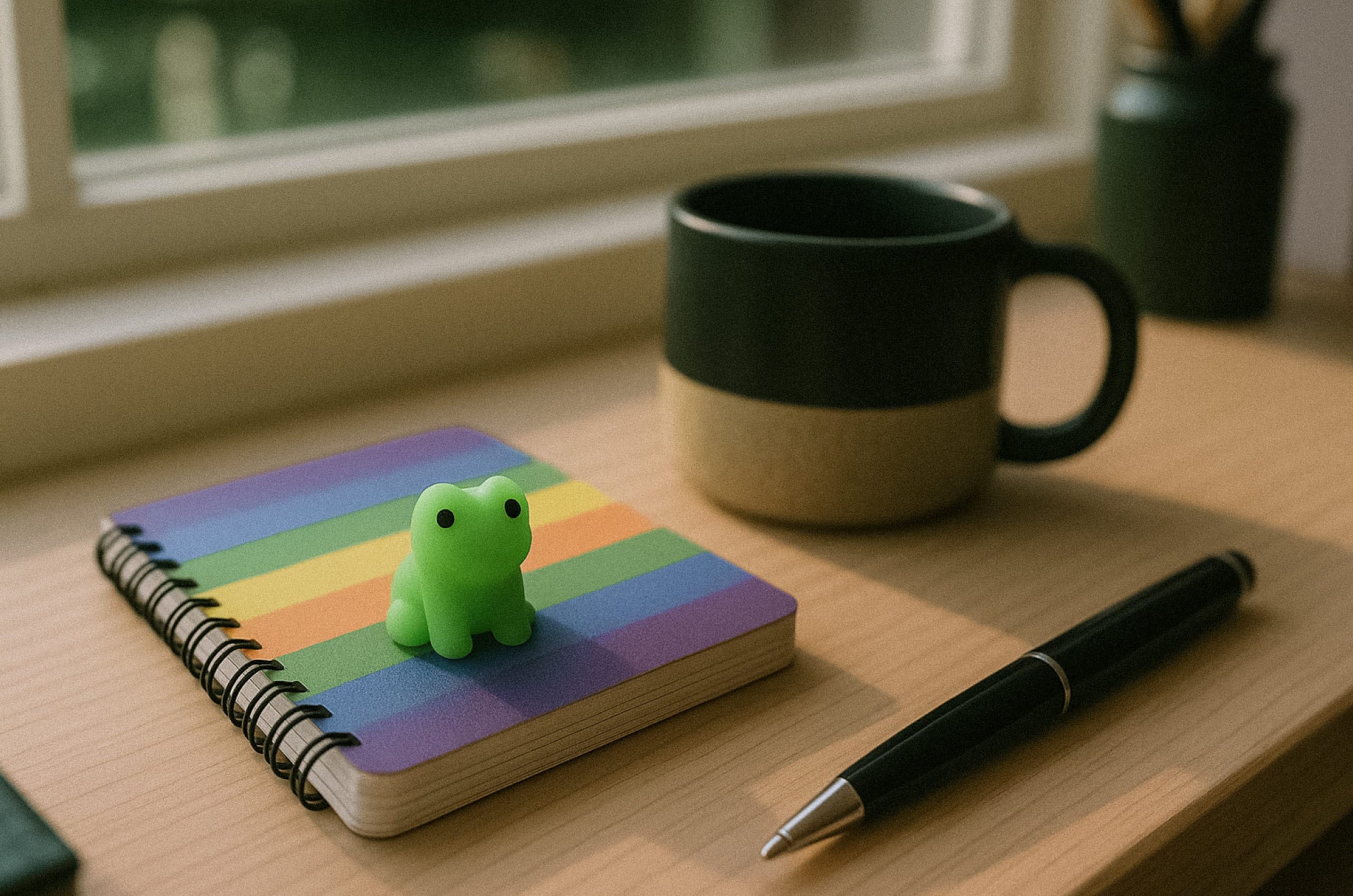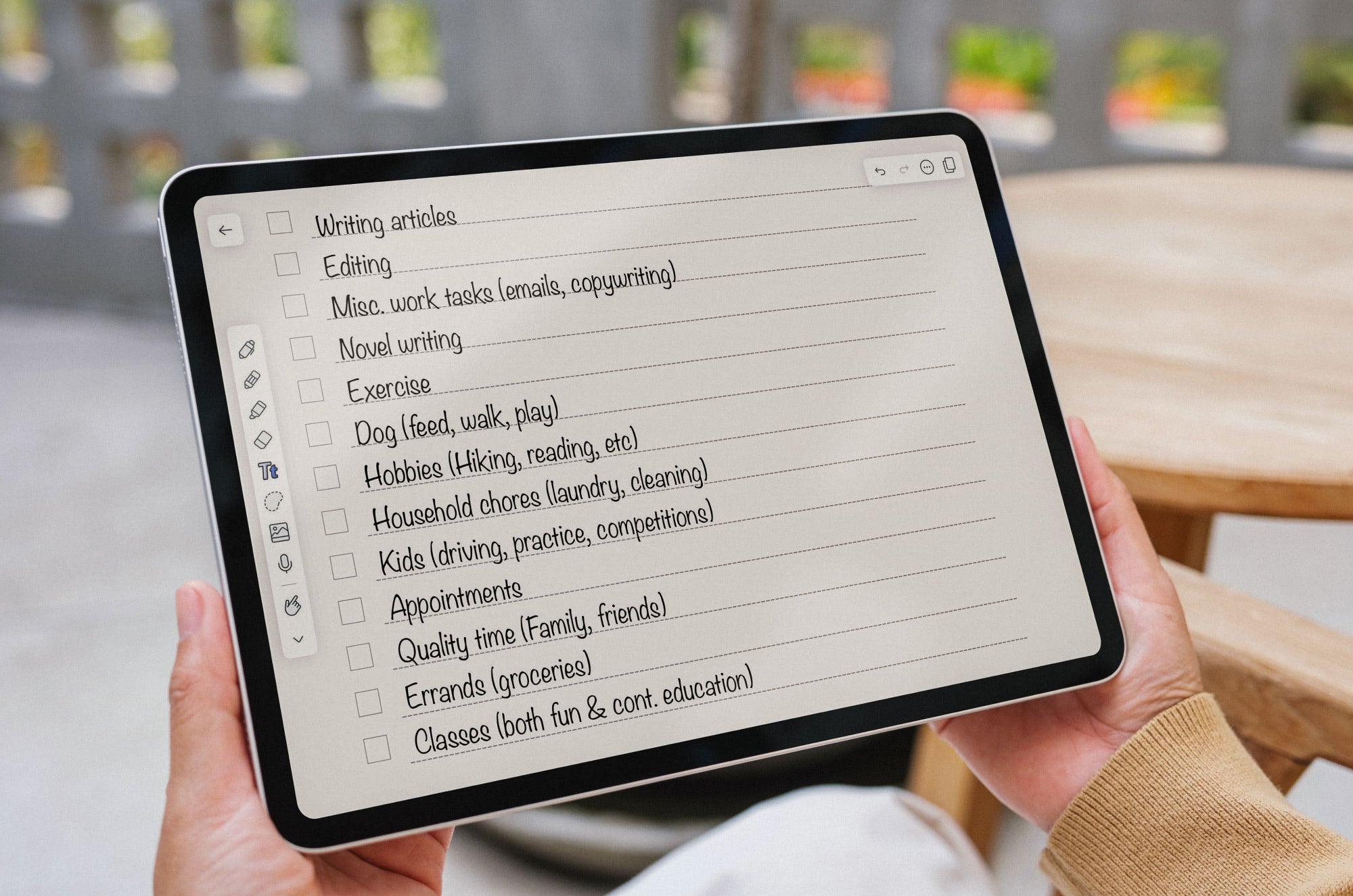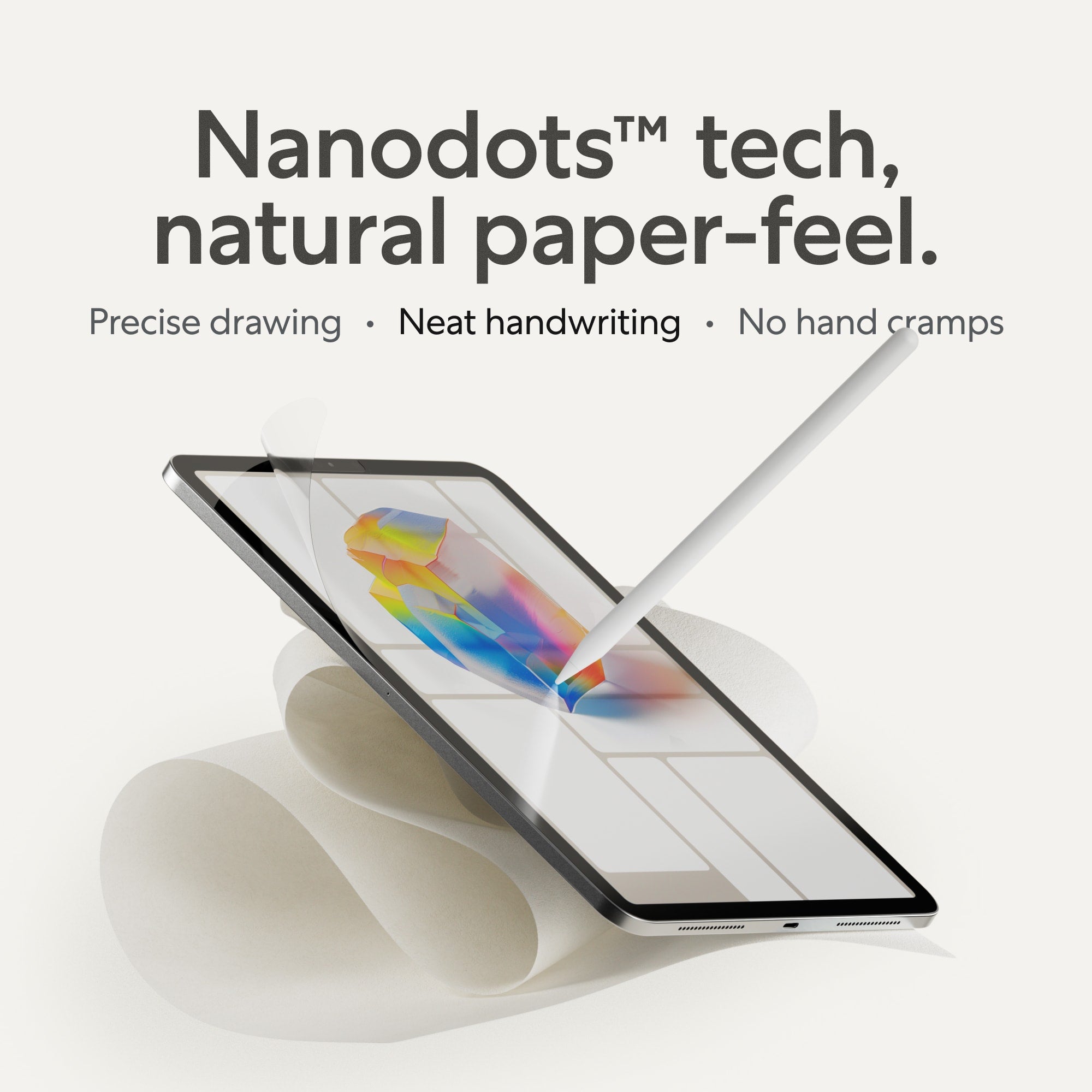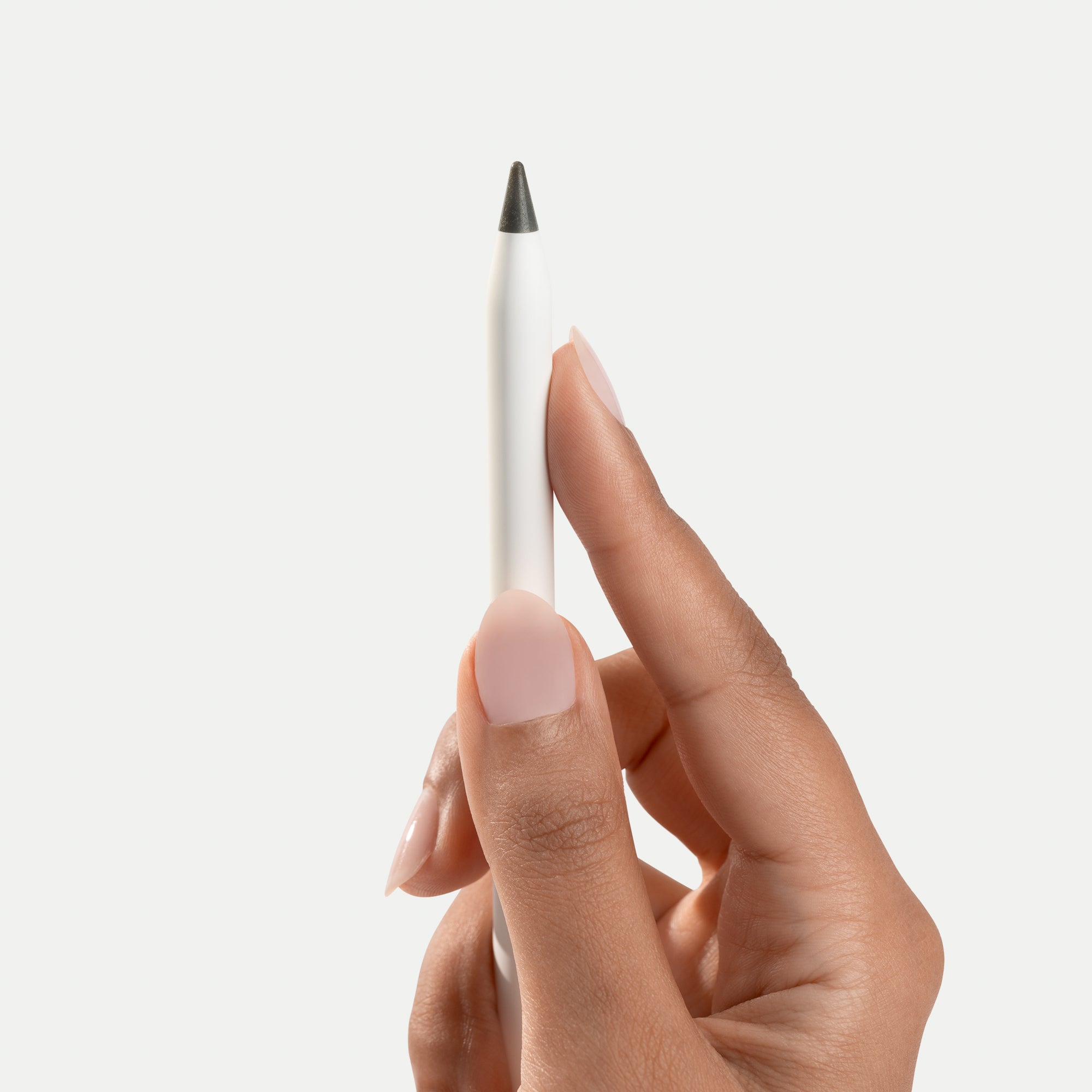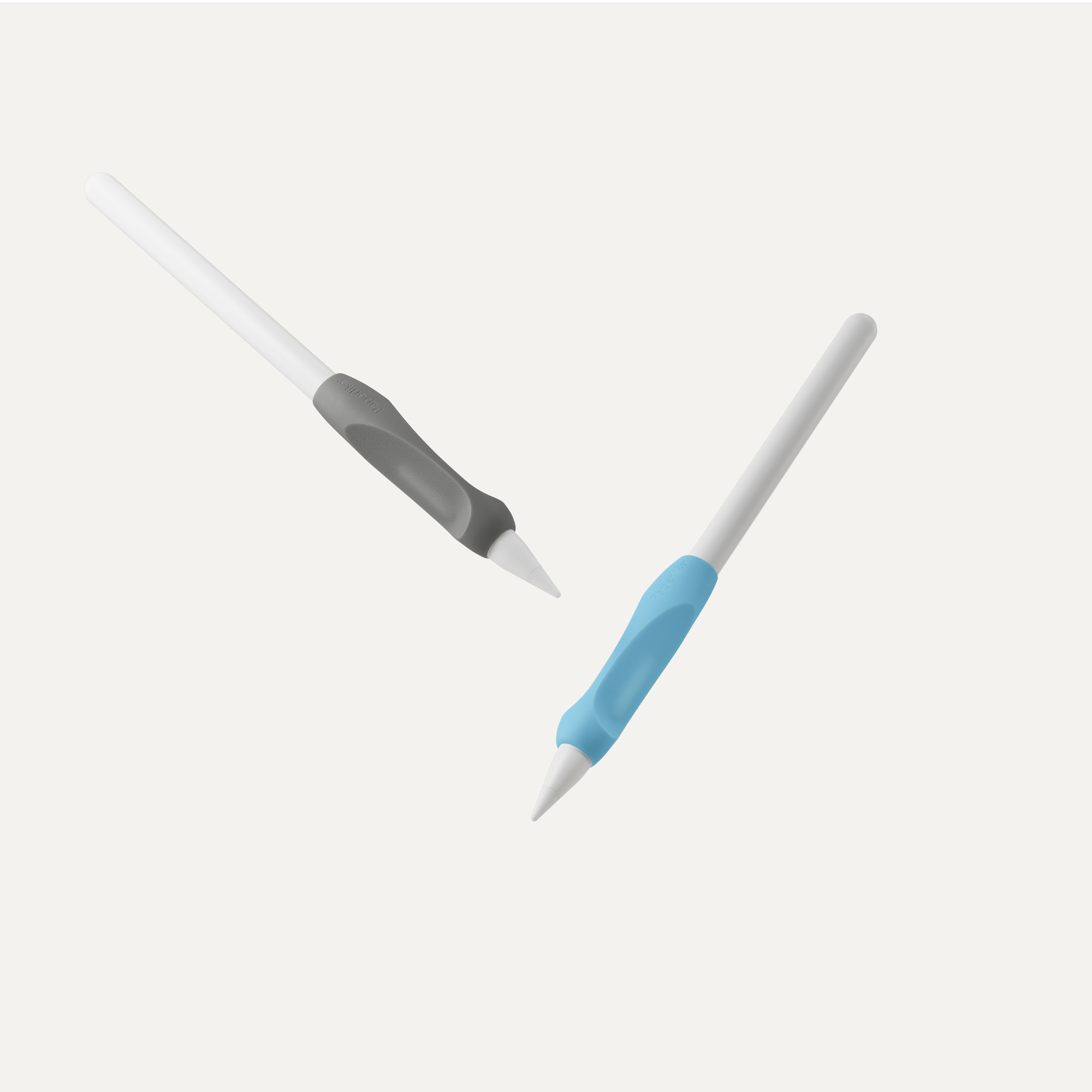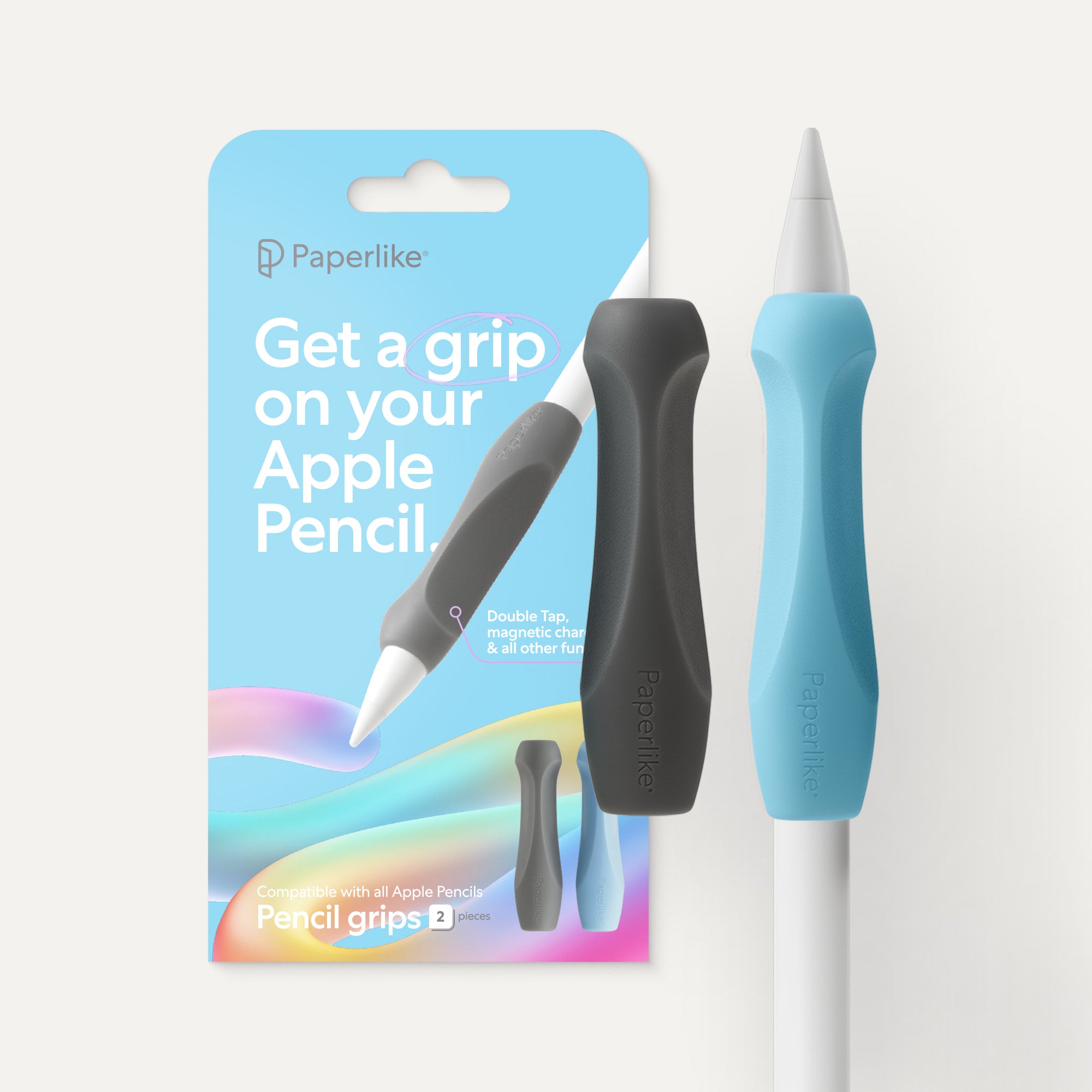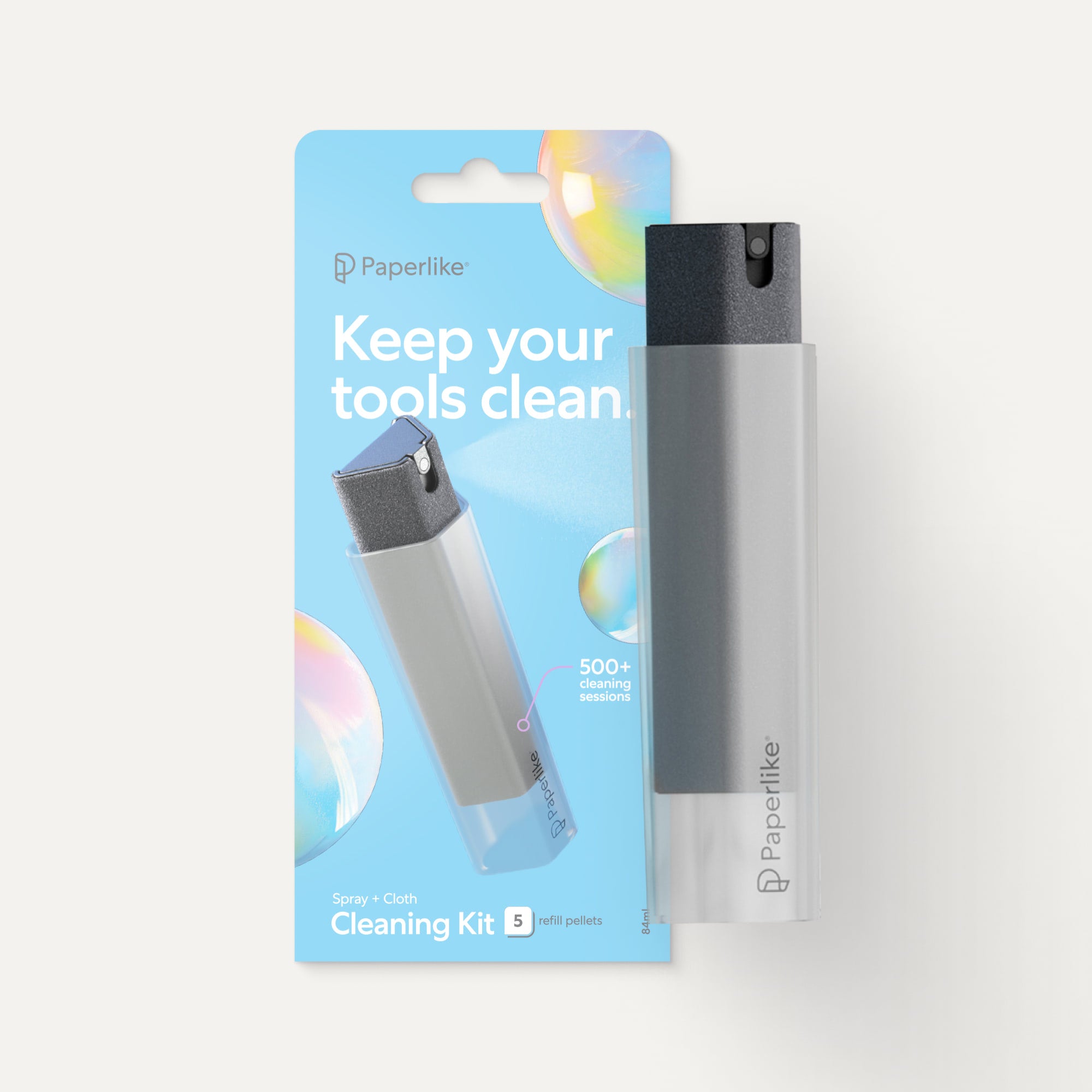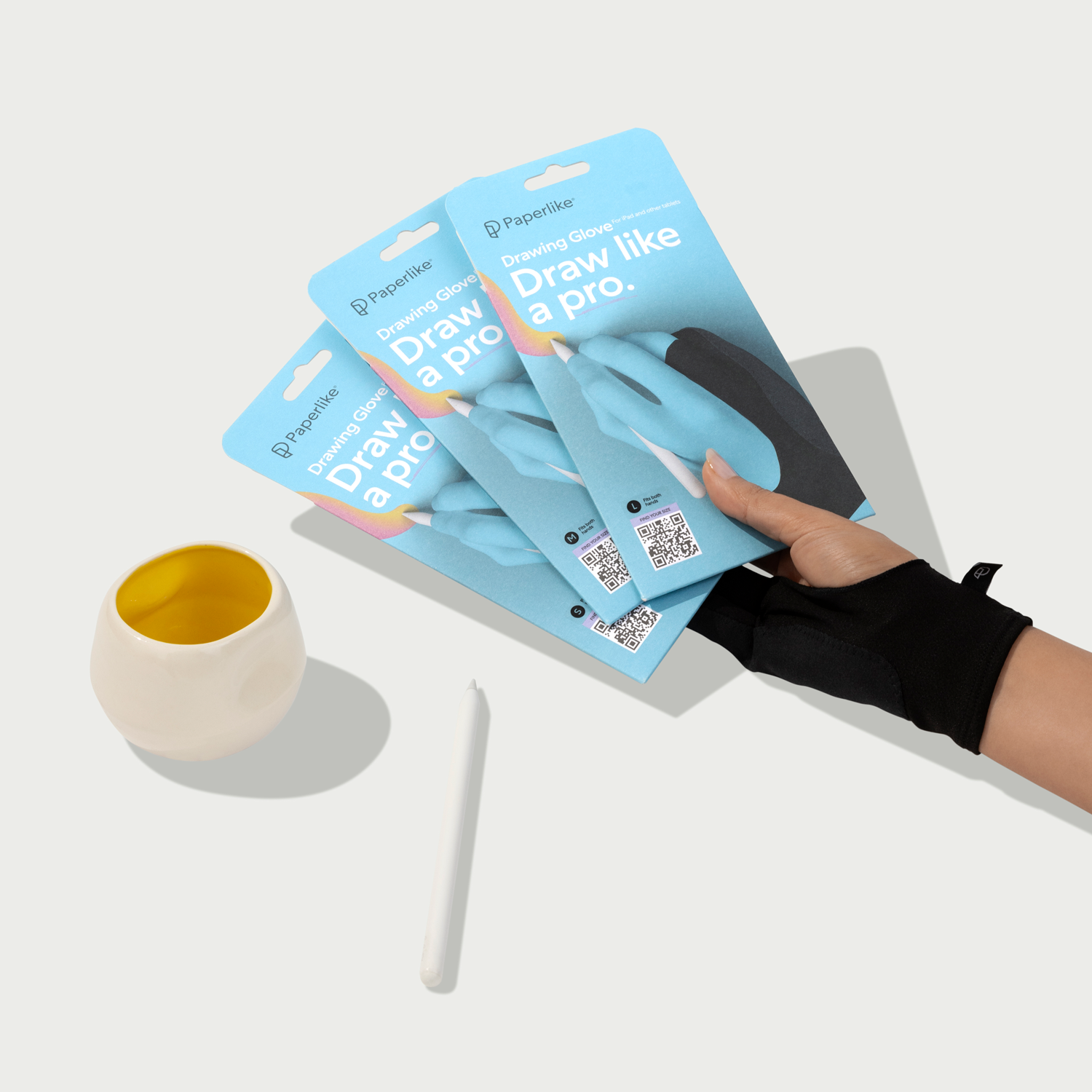One of the many things I learned from my Art History class in college is that art is constantly evolving.
Trends, changes to technology, and target audiences can all have an impact on art styles.
And today, it's not uncommon to see people sharing their opinions on social media about changes being made to art styles in their favorite movies and TV shows.
But why do we care about those changes? Let's take a look through the lens of the changing art styles in entertainment, plus some tips for how you can develop your own style.
What is an art style?
An art style is a combination of techniques, processes, and mediums used to create a piece of work. This work could be a drawing, a painting, or even an animation. I like to think of it as the fingerprint that becomes linked to a body of work.
And as you're going through your journey as an artist, you might choose to switch from traditional to digital art on the iPad, like I did. In doing that, I was able to expand on the styles I was creating before while streamlining my creative process. Using new tools and technology can be a great way to explore new techniques.
But when we see animation studios try to keep up with trends by changing their art styles, it can feel a little like they're losing their identity.
The difference between me as an independent artist and an animation studio might seem obvious. However, when you experiment with styles in commercial art for major IP, the audience usually has something to say about it.
So, is evolution in art styles necessary for animation studios to stay relevant? Let's dive deeper.

Incorporating audience feedback
The evolution of art styles in movies and television clearly has an impact on the audience. Using the Sonic movie trailer and the Shrek 5 cast teaser announcement as examples, we'll see the effect of audience feedback on both.
The power of nostalgia
You might remember the outrage when the Sonic movie trailer came out in 2019. In case you don't, the original trailer shows Sonic the Hedgehog in a style that looks more realistic than the signature cartoon style he's known for.
The character design from the trailer was so widely criticized by fans that it prompted a complete redesign that was more in line with the original Sonic character.
This change might be seen as a triumph in the effort to preserve the style of the character that people have come to know and love over the last 30+ years.
At the end of the day, commercial art is a business. Across all mediums, budget constraints and timeline are real things that can affect the end result.
And while the result comes from the hard work and vision of a team of professionals, I do think there's space for constructive criticism and feedback from the audience.
What we saw happen with the Shrek 5 teaser, on the other hand, was a bit different.
Different doesn't mean bad
The first Shrek movie came out in 2001, spending part of the late 1990s in development. 20+ years and four movies later, DreamWorks has delivered on a consistent look for the franchise.
So, after watching the Shrek 5 cast teaser, I almost immediately saw social media flooded with comparison videos and people using their iPads to “fix” the character designs. This was clearly kind of a big deal to some fans.
The changes to the characters can be credited in part to DreamWorks making the switch to use their open-source rendering engine called MoonRay. This allows their characters to have more accurate and refined rendering, lighting, and smoother textures.
And over the last few years, DreamWorks has started reestablishing the look of its older characters.
That might just be because the visual direction that they've chosen has the greatest appeal for newer generations, even if it deviates from the far-apart eyes and less sculpted faces of days past.
But different doesn't mean bad. It just means we're witnessing another shift.
So, how can you take the shifts in your own life to transform your art into something signature? Check out some recommendations for how to do just that.

How to develop your own art style
If you're an artist looking to make work that feels true to you, here are some tips for how to get there.
-
Find what you like. You might already know that you're interested in certain styles and mediums, and I encourage you to lean into those first. If not, start by asking yourself questions like: “What types of art do I enjoy as a viewer?” or “Which artists inspire me the most?” Remember, you don't have to limit yourself to current artists. Taking a dive into art history can be helpful as well. From there, you'll discover what you like, and you'll have a foundation from which you can start creating.
-
Develop your skills. Knowing the essential tools and techniques for the art you want to create is the reality of being a beginner. You've probably heard something along the lines of “You need to know the rules before you can break them.” But no matter what level you're at, you don't need the most expensive tools to get started. If you're interested in digital art, for example, you can start with refurbished iPad models, too! And don't forget that there are courses, books, or free YouTube tutorials for Procreate, like these, that you can learn from.
-
Diversify your consumption. Expose yourself to different mediums and types of art. By detaching yourself from your own niche, you allow yourself to look at things less comparatively. When you can analyze what you like from unrelated sources and mediums, it helps you develop a richer creative practice.
- Embrace the process. This isn't going to happen for you overnight. It's going to take time and might even be frustrating at times. Throwing things at the wall and seeing what sticks is usually a better approach than sitting around while your sketchbooks and iPad collect dust. When you're ready, getting feedback on your work through artist groups in your community or online artist forums can be helpful as you develop your artistic style and voice.
Final thoughts
I don't mind changes (mostly), and I think that it's cool that audiences are invested in the art that they've come to love and enjoy.
When you're on the outside looking in, it just looks like a simple change happened. But chances are, a million tiny decisions led to something completely new.
Artists can't please everyone. But you need to know that while everyone may have an opinion, they don't have to be the only thing that matters to you. You can find joy in your work through leaning into your process and the style that makes you feel proud to be an artist.
And while you're on your journey, don't forget that Paperlike can help you along the way. Our Screen Protector makes drawing on the iPad feel natural and smooth instead of slick. So get yours and keep creating.



